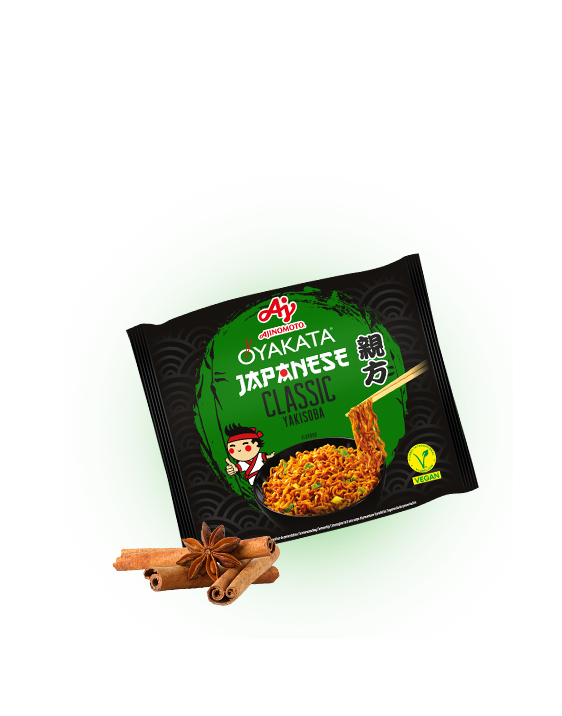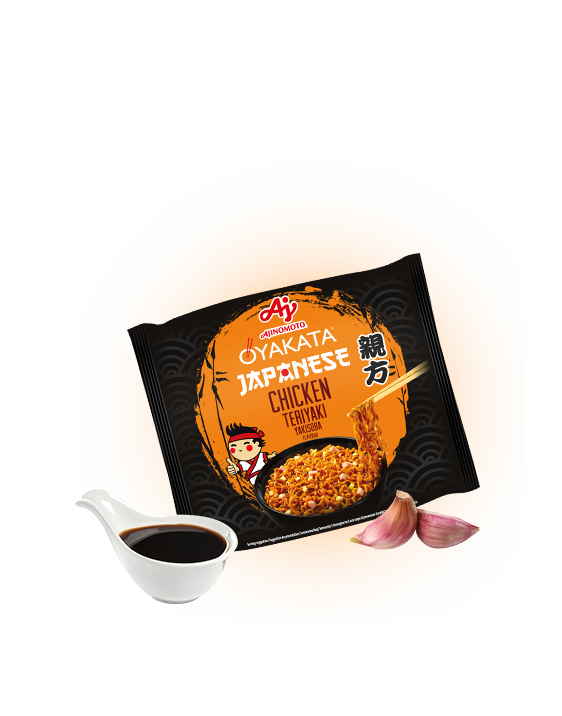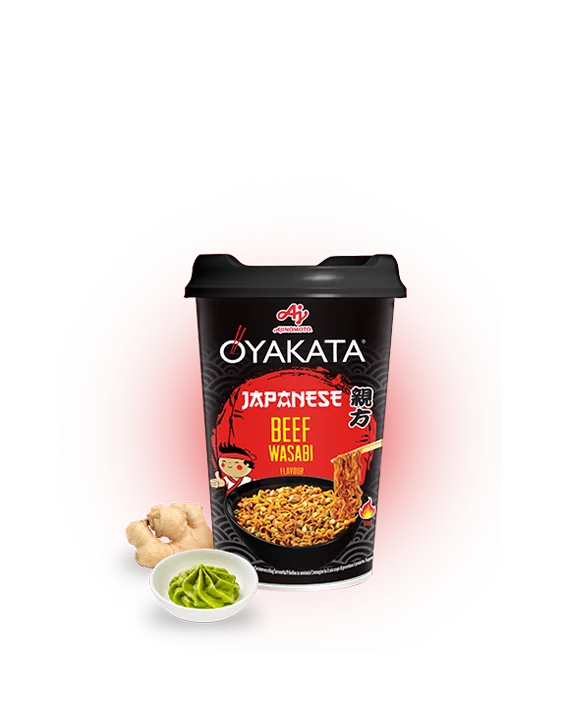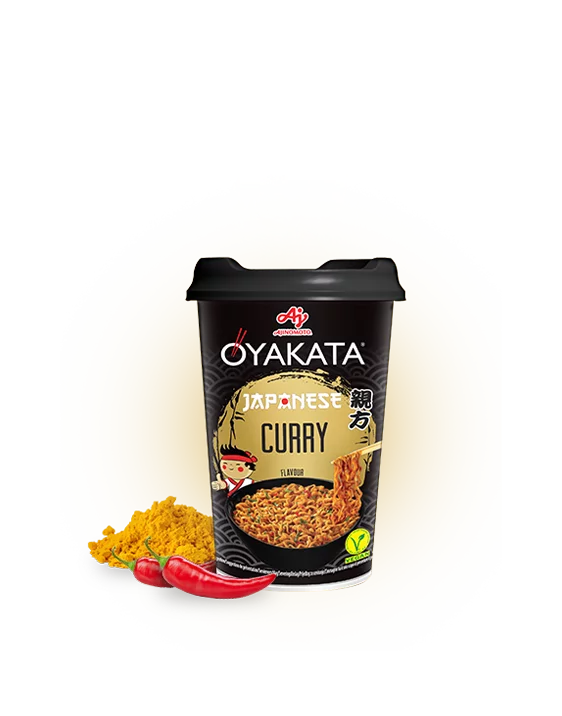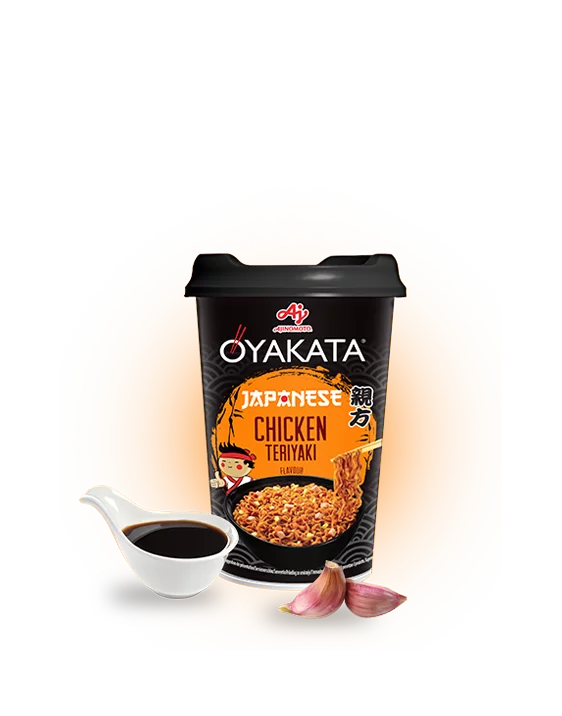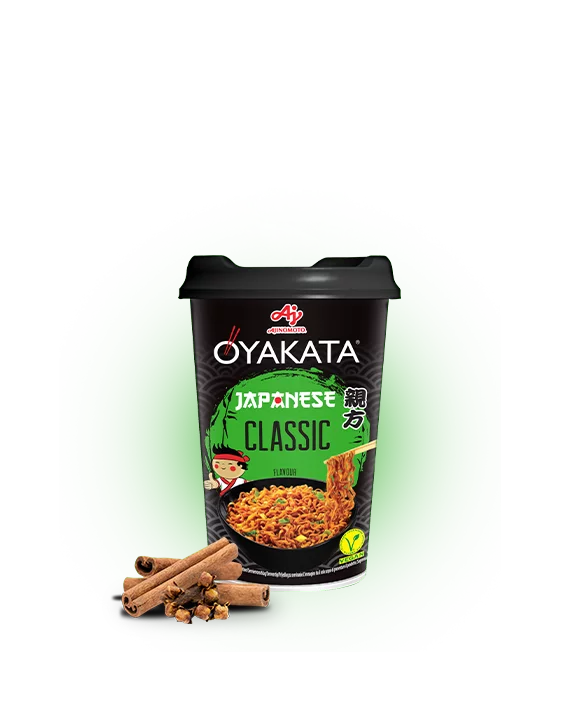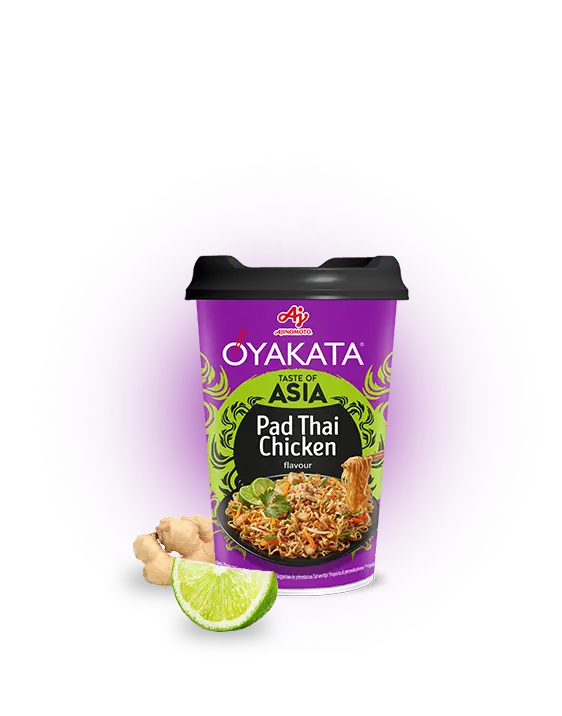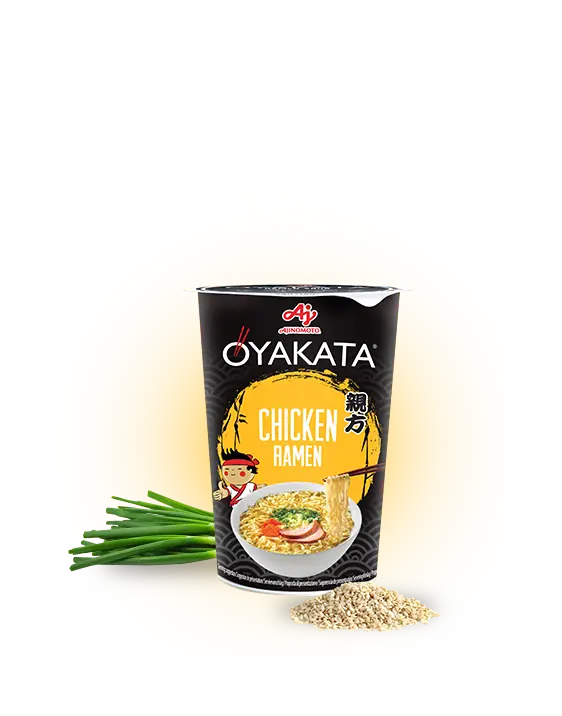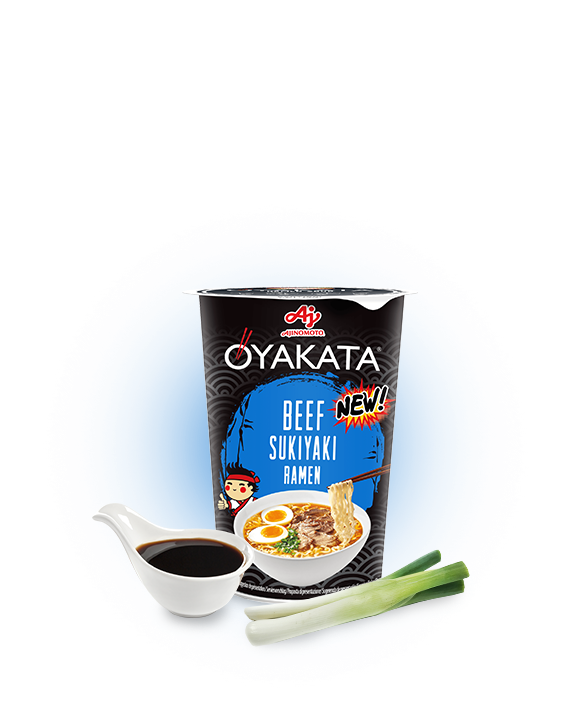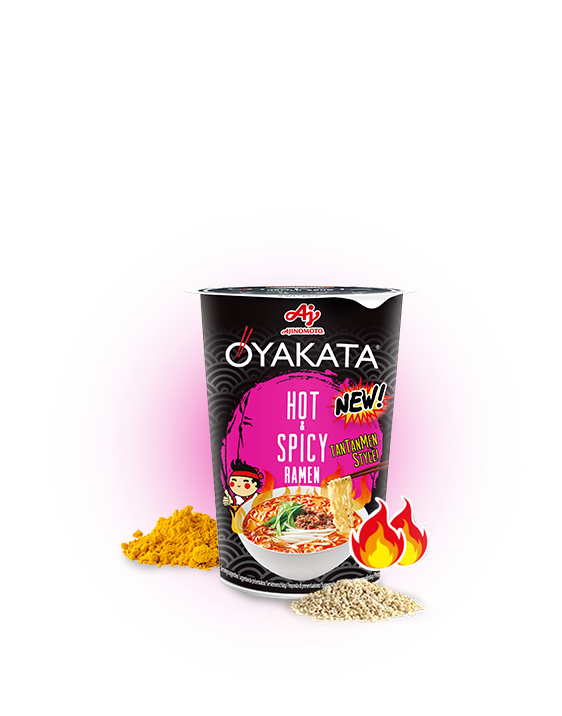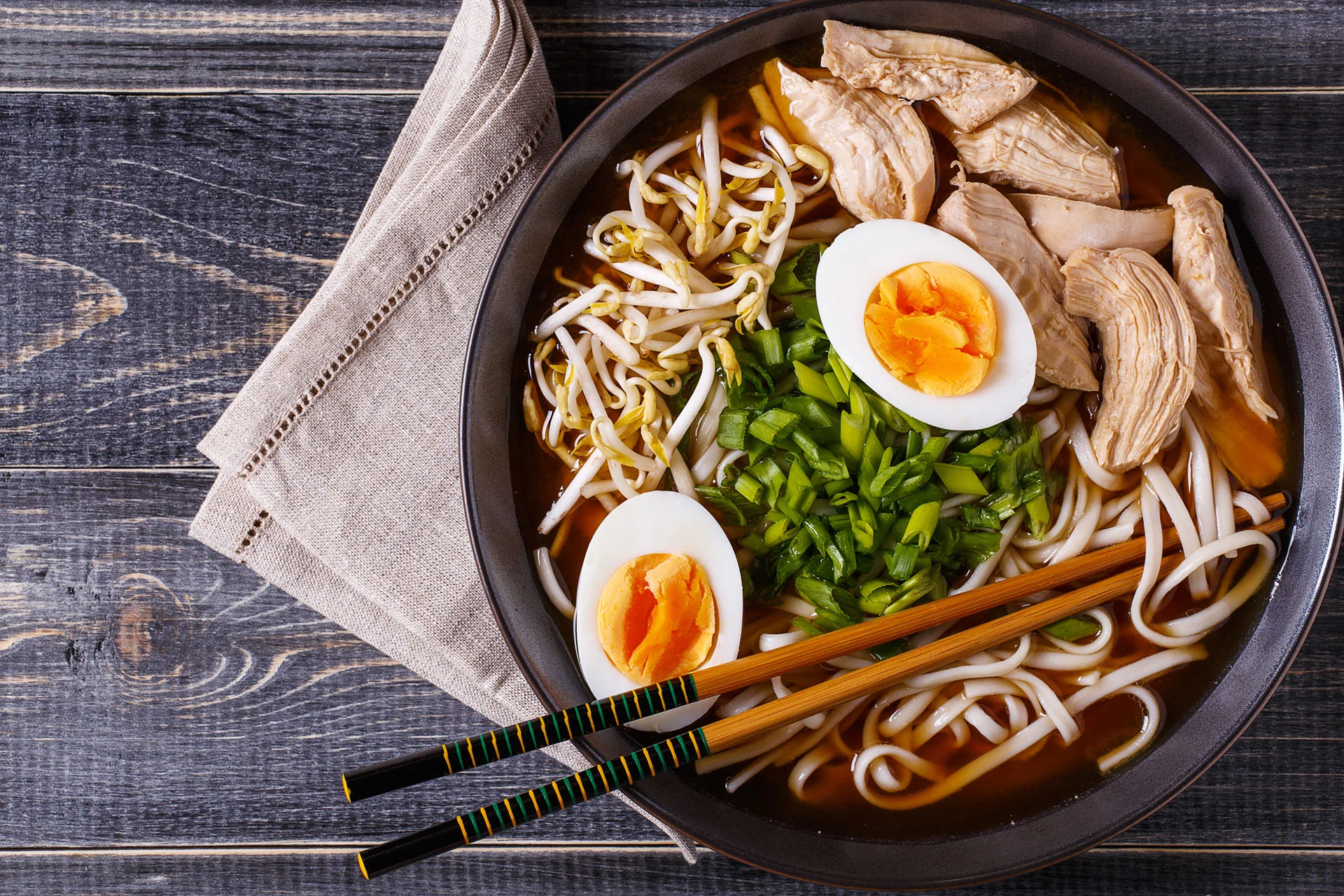

RAMEN – A TRADITIONAL JAPANESE SOUP
History of the dish
Few of us realize that popular Ramen is not the typically Japanese dish. The soup based largely its aroma and taste on meat ingredients, came to Japan in the 19th century from the neighbouring continent – China. Over the centuries, Ramen gained popularity among the Japanese, who enjoyed its distinctive aroma. At the moment, Ramen evolved into more than dozen varieties, popular around the world. In addition, the dish became a prototype and inspired the so-called instant dishes, i.e. easily to prepare instant soups. Ramen name is derived from the Chinese word identifying the type of noodles made of wheat flour.
Ramen ingredients
Ramen base involves meaty broth, with a taste of chicken soup, prepared usually with pork and pig bones (tonkotsu). Broth is often enriched by adding poultry, seafood and vegetables or other ingredients, such as vegetables, at the discretion of the chef. The soup is also enriched with tare, noodles and additives. Tare is aromatic, salty essence, which is placed on the bottom of a bowl. Shoyu tare, based on soy sauce, is considered as the most popular. Noodles based on four basic ingredients – wheat flour, water and kansui (alkaline, salt mineral water rich in carbonates and acids) are a unique element of Ramen.
Ramen types
There is no single formal recipe for Ramen. Over the years, a number of versions of the Japanese’s favourite soup has been created. They occurred based on the trial-and-error method, a number of chefs enriched Ramen in accordance with their tastes and original ideas. So varied recipes caused the fact that within decades, some of the most popular types of soups were distinguished. Shio-ramen is the most recognizable and the most popular. The soup is similar to the classic type of soup based on chicken, possibly with meatballs, the addition of fish, cabbage, chives, leek or bamboo shoots. Another popular type of Ramen is tonkotsu-ramen (pork taste), shoyu-ramen (based on soy sauce) and miso-ramen (strongly spiced with miso soy paste).
